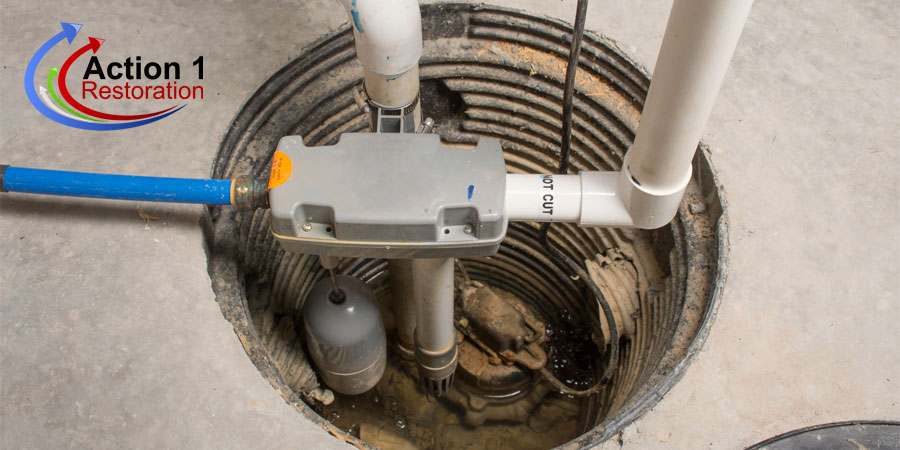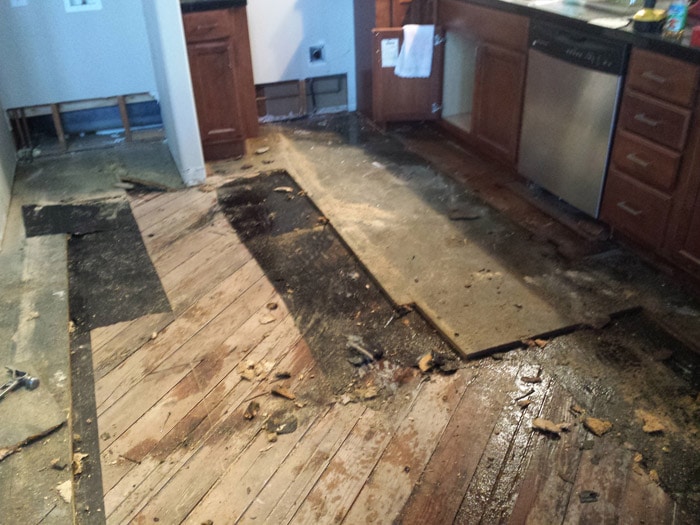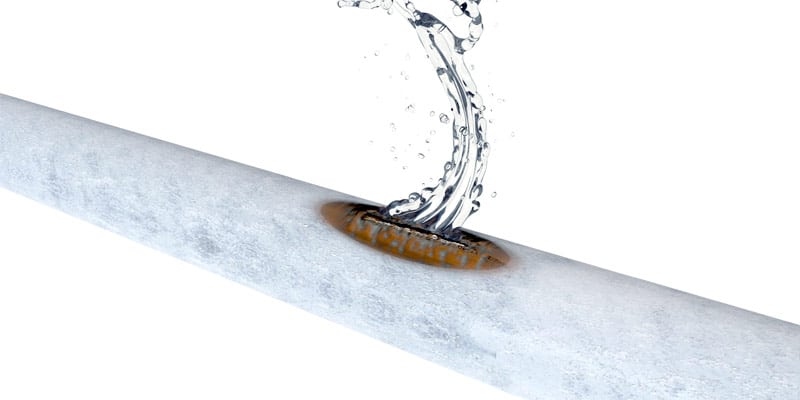It’s estimated that roughly one out of every 50 homes will have a water damage claim each year. While some of these homes will clean up quickly, others will deal with subsequent issues such as stagnant water. At Action 1 Restoration, it’s important for us to teach homeowners more about what this can mean for their homes. With this understanding, you can be empowered to take care of water damage the right way and avoid the dangers that can be associated with stagnant water.
What You Need to Know About Stagnant Water?
Also known as standing water, this is water that sits in place without having any area to drain to in a timely manner. In homes that are flooded, stagnant water can be found just about anywhere, from the top of the ceiling to the floors and basement. Since standing water can come from many different sources, including rain or an indoor water supply line, it’s important not to assume it’s safe.
When any type of water sits for long periods of time, whether it comes from the sewer or a clean source, it can quickly breed bacteria that is dangerous. While this can worsen water damage by the hour, it can also increase the risk of mold and mildew growth. What’s even worse is that mosquitoes and other pests are naturally attracted to standing water, which can mean an unexpected infestation quickly developing in your home. There are many reasons that can cause an excess of water in the walls and on the floors of your home.
What are the Dangers of Stagnant Water
- Standing sewer water can expose your family to bacteria and parasites that negatively impact your health
- Clean standing water can attract pests and insects that carry diseases
- All standing water can result in mold growth within 24-48 hours
- Standing water can continue to cause damage to floors, walls, ceiling, and furniture as it’s left to soak into all nearby materials
There are many health risks associated with stagnant water, which is why our team at Action 1 Restoration urges homeowners to handle this situation immediately. When water sits for long periods of time, it will become increasingly hazardous. This can be dangerous for every member of your family, including pets and children. Even if the water came from a clean source, it’s crucial to act quickly.
How to Remove Standing Water
We understand that once you know the dangers of stagnant water, you can feel an urgency to get rid of it as soon as possible. Fortunately, there are many ways to get started. Our team at Action 1 Restoration has shared some of our top tips below to help you tackle standing water quickly and with the best results possible.
Get the Water Out
After you’ve found and eliminated the source of water, it’s important to begin hauling the water outside. This can be done in many ways, depending on how much water you have. In most situations, buckets, towels, and a wet/dry vacuum are excellent tools to have in your arsenal.
Tip: If you’re dealing with water coming from the sewer or any other contaminated sources, we recommend contacting a professional. This will ensure the right steps are taken to keep your family and home safe. Working with contaminated water on your own can put you at risk of illness.
Dry It Quickly
It’s important to dry out the space as quickly as possible once the excess standing water has been removed. This will help prevent the growth of mold and it can minimize the risk of an insect infestation. To do this, you should start by bringing in a couple of industrial fans to the room and pointing them toward the areas that have the most moisture. Use as many fans as is possible to speed up the drying process.
A dehumidifier is another essential tool for drying out a room that has been impacted by water damage. This will draw moisture out of the air so the space dries more quickly than it would with fans alone. If you are dealing with a large area, you may need an industrial machine to get this done.
Tip: Do a full inspection of your home to make sure you’ve found all areas that have standing water in them. This should include the attic, the basement, and any rooms that may have been impacted by the flood. By being thorough, you’ll avoid missing areas that are damaged and may be potentially hazardous due to excess water.
Get Damaged Materials Out
Once the room is dry to the touch, it’s important to remove the materials that are damaged and beyond saving. This includes insulation, which can easily hold water for long periods of time and be difficult to dry completely. By getting these materials out, you’ll have confidence that all moisture has been eliminated and there is no more standing water within your space.
Restoring Your Home After a Flood
Although getting the stagnant water out of your home is a huge accomplishment, this is not the last step in recovering from water damage. After thoroughly drying and removing the damaged materials, you’ll need to take care to replace what has been removed to ensure your home is structurally safe and well insulated. This is likely to require construction, especially if you had major damage that impacted the structure of your home or any wiring/pipes. When this is the case, always hire a contractor to help you.
Important Facts About Stagnant Water
Excess water can be dangerous for small children and pets, which is why it’s recommended to vacate them from the house before you get started working.
- Mosquitoes and other insects can carry life-threatening diseases, such as malaria, dengue, and West Nile virus.
- Once mold grows, it can cause respiratory issues for anyone who is living inside of the home. This is why we strongly recommend living elsewhere until your home is fully restored.
- If standing water is located near electrical outlets or wiring, do not step in it. Always contact a professional to avoid the risk of electrocution or shock.
- Stagnant water that’s the result of a broken sewer line should always be handled by a professional who is equipped with the proper cleanup equipment.
Expert Service When You Need Help
If you need help dealing with stagnant water, then our team at Action 1 Restoration recommends working with a trained team of professionals. Our restoration technicians, in particular, are trained to deal with all types of flooding and varying degrees of standing water damage. They will help make sure you are safe, and your home is recovered properly from start to finish.

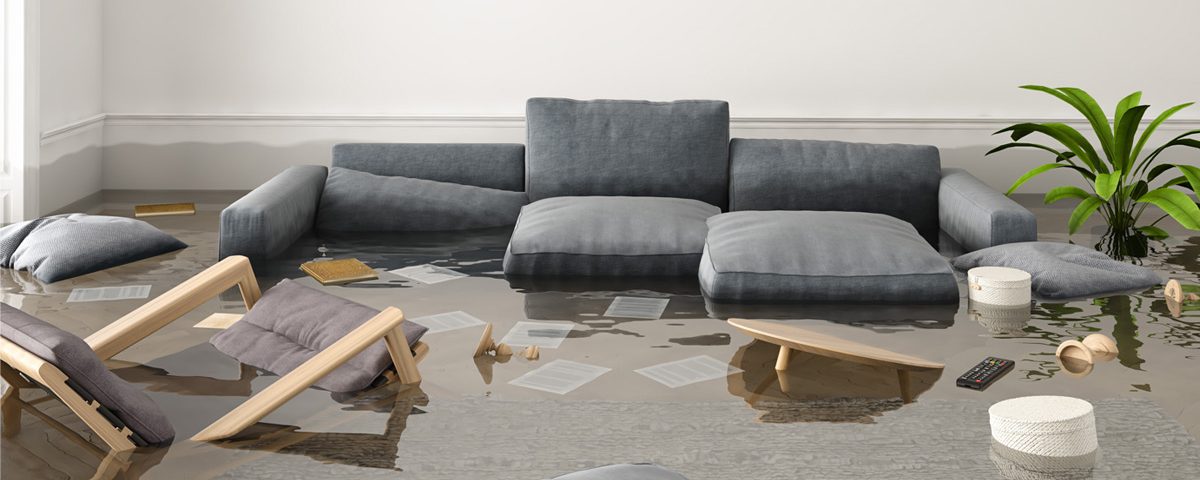
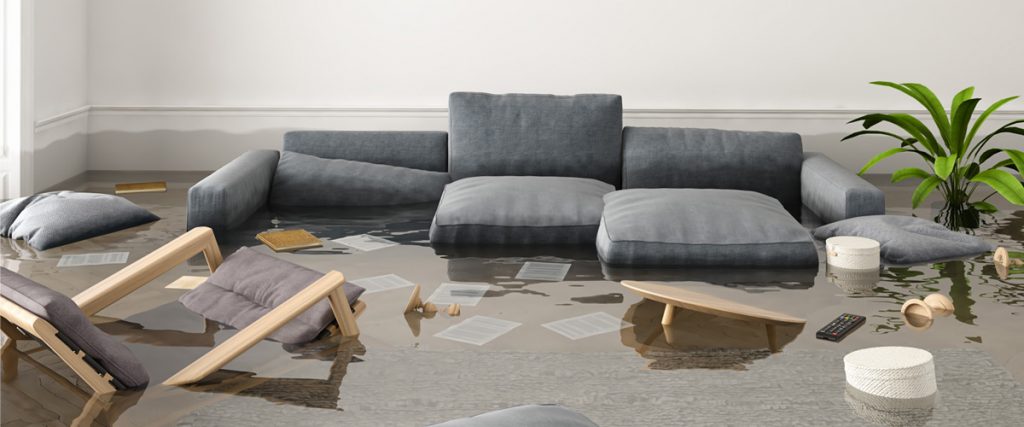
 Excess water can be dangerous for small children and pets, which is why it’s recommended to vacate them from the house before you get started working.
Excess water can be dangerous for small children and pets, which is why it’s recommended to vacate them from the house before you get started working.